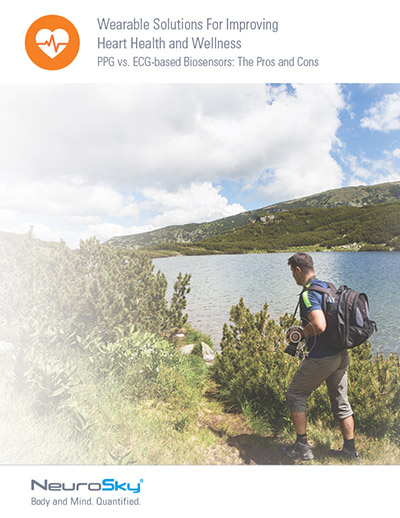Athletes take their training seriously and are always looking for a way to get an edge. Whether they’re training in the gym, or out on the field, it’s crucial that they’re always at their best. That’s where wearable and mobile devices that track heart rate variability (HRV) come into play. HRV tracks how a user’s heart rate varies over any given time, providing valuable insight into things that can affect the wearer as they go about their training regimen. In this article, we’re going to cover how using ECG-enabled devices and HRV tracking can help athletes plan their training and track their recovery, giving them a natural advantage when it’s time to perform.
Playing to an Athlete’s Strength
It’s no secret that athletes have to train on a regular basis to maintain their fitness levels. It should also come as no surprise that most athletes will plan out their program in advance so their workouts are varied. Tracking heart rate variability can help an athlete better plan their workouts so the intense programs match up with days when their HRV is at its highest.
So how exactly will tracking HRV result in a better workout? Well, it’s actually pretty simple. Research has shown that heart rate variability correlates with stress levels. Having higher HRV usually correlates with less stress and better overall health, while having lower HRV usually indicates that there are stressors affecting the device wearer’s mood on that day. Since HRV can fluctuate from day to day, it’s quite common to have a high heart rate variability one day, and a low one the next. By tracking these levels, the athlete can better pin point the days that they should go hard in the gym, and the days they should focus on a lighter program.
The Road to Recovery
Ask any athlete, and they’ll say that recovery is one of the most critical components of strength and endurance training. The truth is that athletes don’t get fit during training, they get fit when they recover. Tracking HRV can let an athlete know when they may need to take a day off and focus on getting rest and eating properly.
Injuries on the field and in the gym often occur when an athlete is stressed or fatigued. By tracking HRV and focusing on recovery during times that it is low, they’ll be ready to come back strong and better avoid injury and fatigue during important moments in their athletic careers.
It’s a Lifestyle
The choices an athlete makes in their life can go a long way in determining their HRV. Partying, alcohol and tobacco use, diet, and more can all have a huge influence on HRV, so knowing when to avoid activities such as these can allow an athlete to be at their best when it’s time to shine.
Tracking HRV is quickly becoming one of the most important things an athlete can do to complement their training. It helps to not only give them a natural physical edge, but also a mental one. For more information on tracking HRV with ECG-enabled wearable and mobile devices, download the free whitepaper, Wearable Solutions For Improving Heart Health and Wellness.



